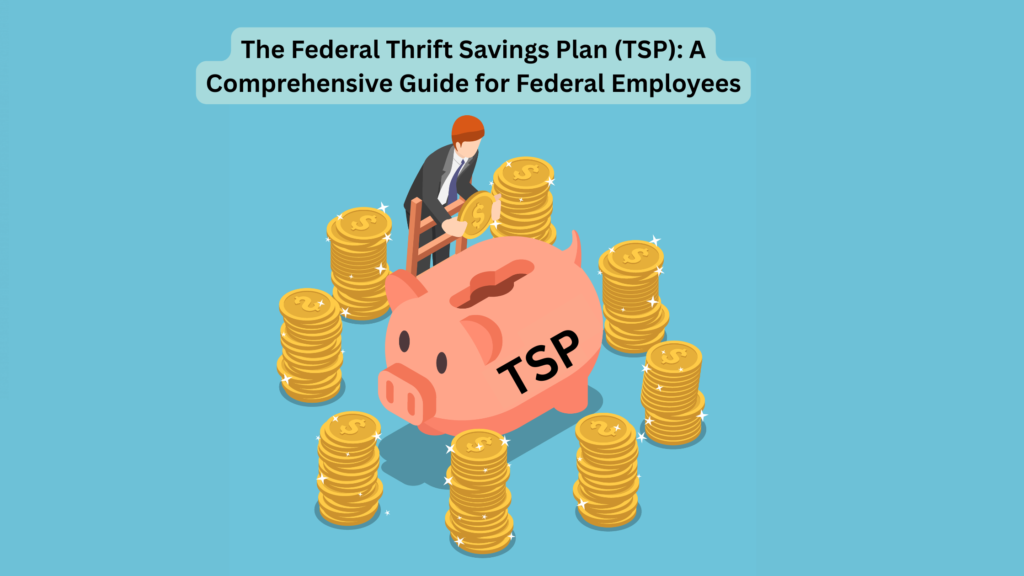Posted inBlog
The Ultimate FERS Pension Calculator Guide: Maximizing Your Federal Retirement
I. Introduction: Demystifying Your Federal Retirement For millions of federal employees, the Federal Employees Retirement System (FERS) represents a cornerstone of their financial future. It's more than just a retirement…
















